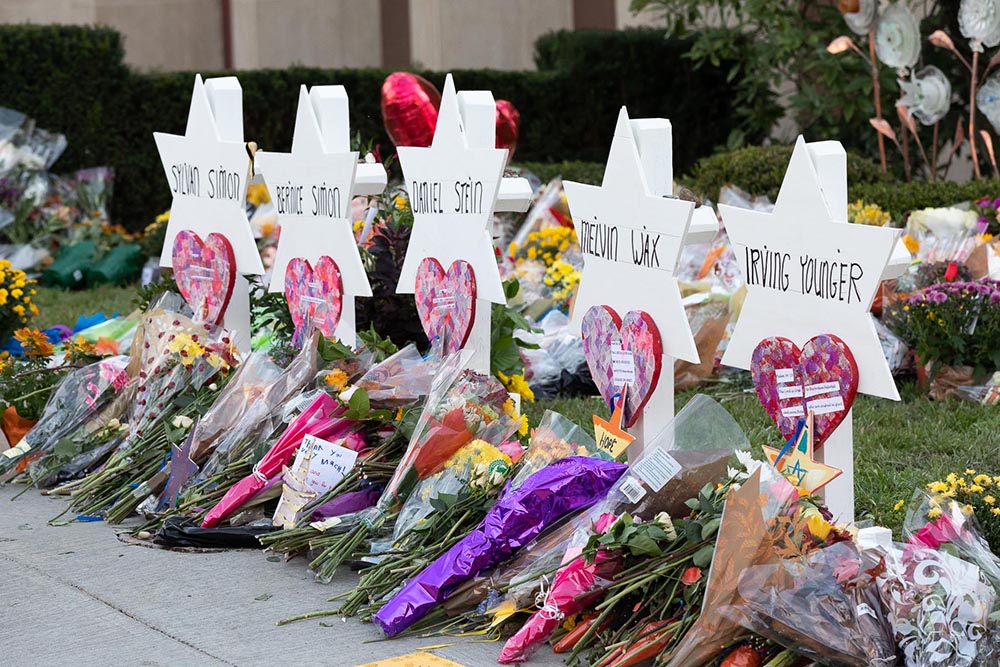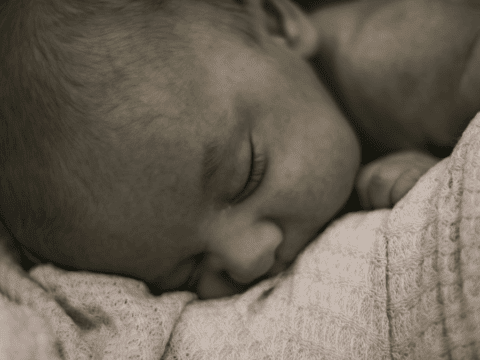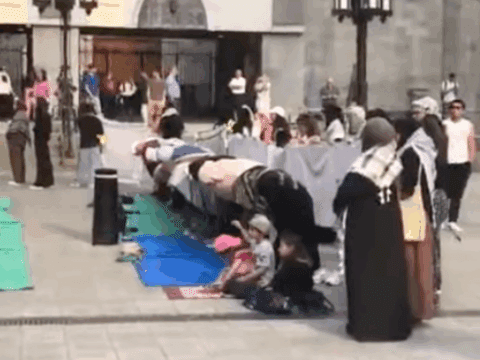(RNS) — The liturgy for Yom Kippur, the Jewish Day of Atonement, is a marathon of penitential prayers, confessions, Bible readings and mournful melodies — many of them dating back to medieval times.
But in some synagogues on Wednesday (Oct. 9), a newly composed poem will substitute for a far older one.
You may unsubscribe from any of our newsletters at any time.
The traditional poem, known in Hebrew as “Eileh Ezkerah,” or “These I Recall,” lists Jewish martyrs through the ages. The new poem, called “Eileh Ezkarah for Pittsburgh,” remembers the Jews killed in the Tree of Life synagogue nearly one year ago.
Written in a formal liturgical style, the new poem recalls the 20 early risers from three congregations who came to the synagogue that fateful Shabbat morning to pray and read the day’s Torah portion — the Genesis 22 story of the binding of Isaac. Unlike Isaac, who was spared, they found themselves caught in a hail of bullets after an intruder broke in shouting anti-Semitic invectives and shooting indiscriminately.
Eleven lost their lives.
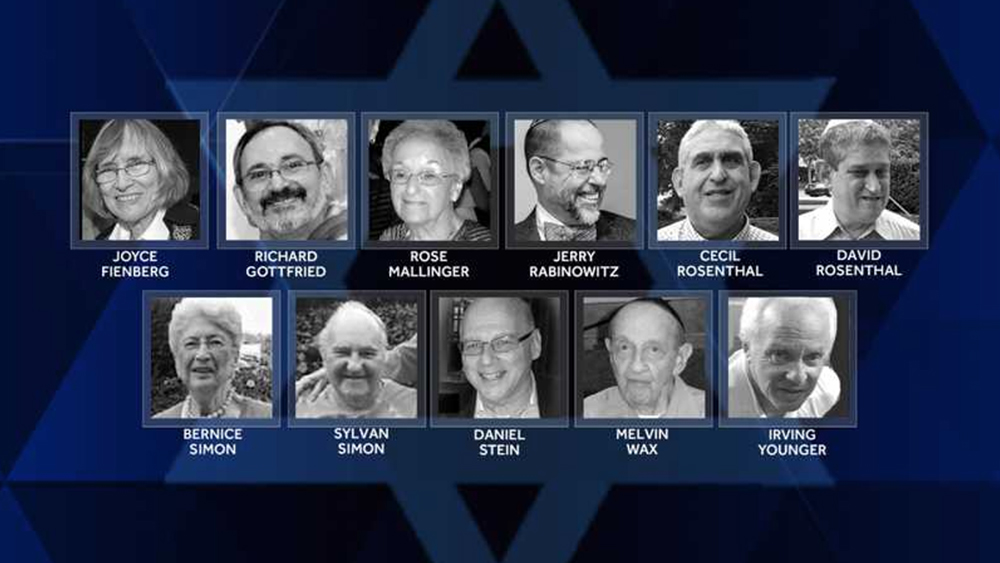
The inclusion of the new poem in the afternoon service is just one example of the tangible ways the horrific events of Oct. 27, 2018, are reshaping the American Jewish community. In some synagogues, worshippers now walk through metal detectors on their way to the sanctuary, a safety precaution adopted post-Pittsburgh. Others have responded by taking up advocacy work, lobbying for gun control or challenging white supremacist views.
For Rabbi Jonathan Perlman of Pittsburgh’s New Light Congregation, the martyrology poem seemed the most appropriate way to respond to the tragedy on the holiest day of the Jewish year.
“I thought, there really should be an American martyrology since this is one of the biggest acts of terror against Jews,” he said.
Perlman, whose congregation lost three members, said he composed the prayer in English and sought out two other rabbis — Tamar Elad Applebaum and Martin S. Cohen — to help him translate it into Hebrew.
Since it was posted to Facebook last month, the poem has caught the attention of several rabbis who said they planned to use it Wednesday in place of the old martyrology. They include the smaller Conservative Synagogue of Fifth Avenue in New York City and the large Sinai Temple in greater Los Angeles.
It’s true that the eight men and three women killed in the crossfire that day were not willing martyrs — they did not volunteer to die for their faith. But they were faithful and community-minded people. They showed up early to greet guests, study Torah or prepare a congregational lunch.
In that sense, they deserve to be called martyrs: In performing those roles, they were sanctifying God.
“Whatever they were doing that morning, they were engaging in holiness,” Perlman said. “And so they testify to God’s holiness.”
More on Broadview: Some Jews oppose death penalty in synagogue attack
Scholars say the Eileh Ezkarah was probably added to Yom Kippur liturgy sometime after the First Crusade of 1096, when thousands of Rhineland Jews were murdered by military-like gangs on their way to recapture the Holy Land, then controlled by Muslims.
But the poem itself dates back even earlier. Its first version appears in the Talmud as a memorial to the 10 rabbis executed by the Romans as part of the second-century Jewish revolt against Rome. The original text — still read in many Orthodox synagogues — includes gruesome details of rabbis beheaded, flayed, burned alive and pierced by lances.
The Conservative and Reform movements in the U.S. have modified the poem over the years to include mention of other Jewish martyrs: Jews who died during the Crusades, the Spanish Inquisition and the Holocaust.
The Reform movement, American Judaism’s largest denomination, has added several more recent names to the martyrology prayer. Among them are Michael Schwerner, James Chaney and Andrew Goodman, the three civil rights activists killed by the Ku Klux Klan in Mississippi in 1964; Yitzhak Rabin, Israel’s former prime minister who was assassinated in 1995; and Daniel Pearl, the Wall Street Journal reporter beheaded by terrorists in Pakistan in 2002.
It’s not obvious why the martyrology appears in the Yom Kippur liturgy, a day when Jews collectively atone for their sins and ask God to inscribe them in the Book of Life for one additional year.
“There’s a notion that holy people of the past who died can intercede for us on high and their death can ward off our death,” said Lawrence A. Hoffman, professor emeritus at Hebrew Union College and a scholar of Jewish liturgy.
Many American Jews may no longer believe the deaths of the martyrs effect atonement for their own sins. But the tradition of remembering the martyrs — in addition to those relatives who died in the past year, a part of the service called “Yizkor” — remains a powerful part of the Yom Kippur liturgy.
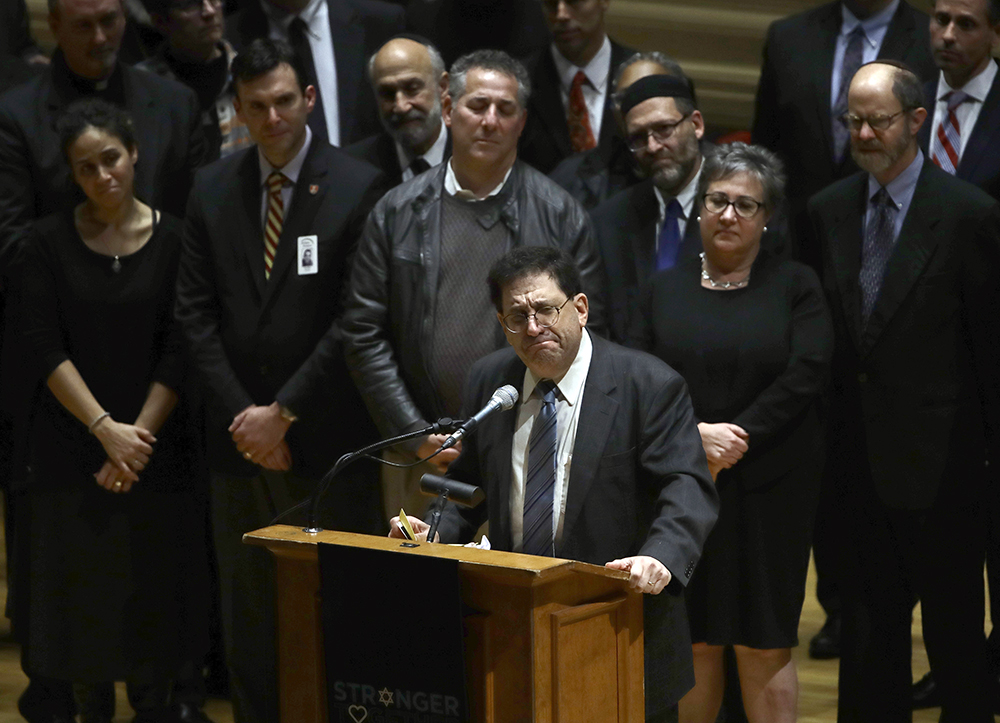
For the three congregations that met at Tree of Life, the absence of the 11 members, aged 54 to 97, will been keenly felt on Yom Kippur. Many were skilled lay leaders who knew how to chant in Hebrew, blow the shofar, lift the Torah scroll, roll it back — all tasks that require some ritual training.
In their absence, Perlman trained his three daughters for some of those roles on Yom Kippur. His wife, Beth Kissileff, spent part of the summer teaching other members how to chant biblical passages in Hebrew.
Whether the new martyrology poem will be formally added to High Holy Days prayerbooks is hard to predict.
“One never knows when a liturgy created at one point will remain within the corpus and how it will be used,” said Vanessa Ochs, a professor of religious studies at the University of Virginia and a rabbi. “Sometimes, something will touch a chord. One can’t know.”
For now, the power of the Pittsburgh Eileh Ezkarah is its timeliness.
“It anchors the holiness of Yom Kippur in the real world,” said Rabbi Menachem Creditor, scholar in residence at UJA Federation of New York who will use the prayer at services Wednesday. “It makes our prayers mean more because we’re in the world for which we’re praying.”

